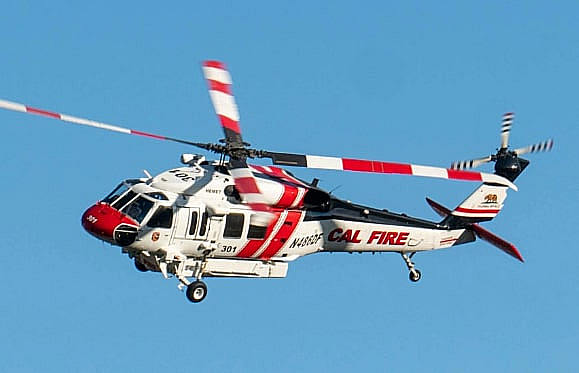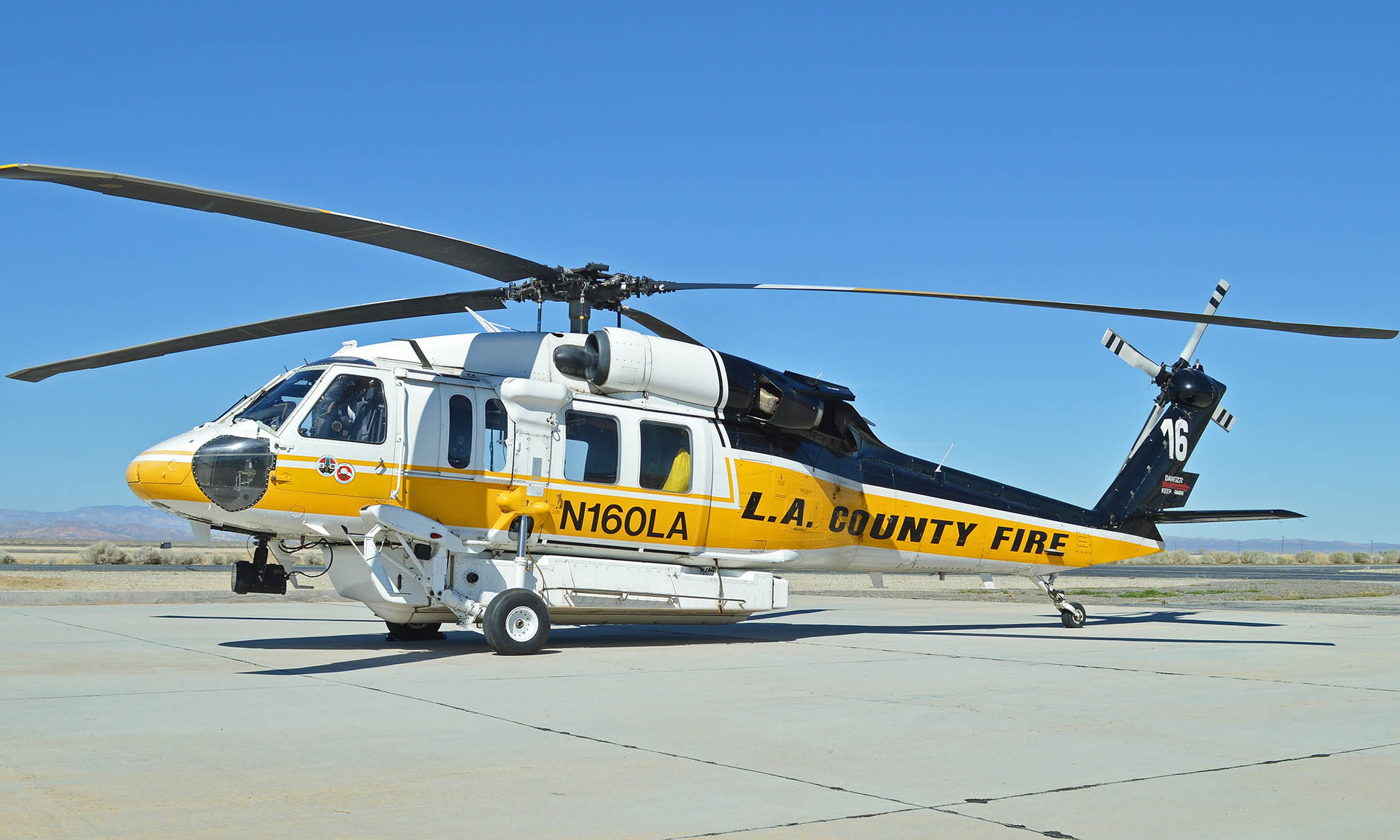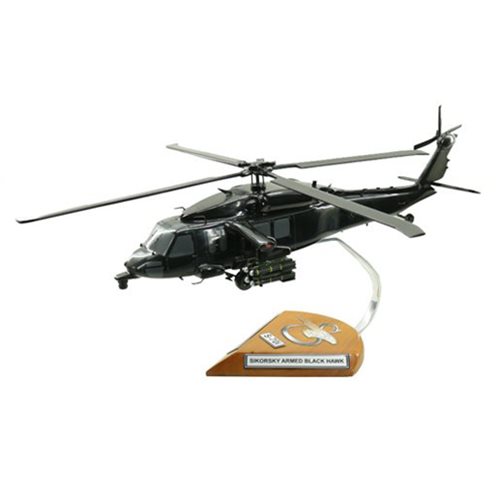A Check out the Sikorsky S 70's Role in Army and Civil Aviation
A Check out the Sikorsky S 70's Role in Army and Civil Aviation
Blog Article
High-Performance Multi-Role Rotorcraft Featuring Advanced Cabin Technologies and Integrated Sensor Systems
The world of rotorcraft technology has seen remarkable improvements in recent times, particularly in the realm of high-performance multi-role rotorcraft geared up with advanced cockpit innovations and perfectly integrated sensor systems. These technologies have not just augmented the operational capacities of rotorcraft yet have likewise dramatically affected contemporary air travel procedures on numerous fronts. From boosted goal flexibility to improved operational performance, the merging of sophisticated cockpit innovations and integrated sensor systems has ushered in a new period of opportunities for rotorcraft applications. In the following conversation, we will check out the development of rotorcraft technology, look into the realm of innovative cockpit innovations, and take a look at the effects of integrated sensor systems on the functional flexibility and efficiency of contemporary rotorcraft.
Advancement of Rotorcraft Technology
The advancement of rotorcraft innovation has been noted by significant advancements in the rules of aerodynamics, products, and propulsion systems, forming the capabilities and efficiency of modern rotorcraft. Aerodynamic renovations have actually improved the performance and maneuverability of rotorcraft, enabling boosted speed, agility, and stability during flight (sikorsky s 70). Technologies in materials, such as using composite materials and advanced alloys, have brought about lighter yet more powerful rotorcraft structures, boosting overall performance and durability. In addition, advancements in propulsion systems, consisting of more effective engines and innovative propulsion modern technologies, have made it possible for rotorcraft to accomplish higher elevations, faster rates, and better payloads.
These improvements have not just transformed the capabilities of rotorcraft however have actually additionally expanded their applications across numerous markets, consisting of military, industrial, and emergency solutions. The constant evolution of rotorcraft modern technology remains to drive advancement in the field, pressing the limits of what is possible and forming the future of vertical trip.
Advanced Cockpit Innovations
Building upon the foundational developments in aerodynamics, materials, and propulsion systems, the world of rotorcraft modern technology currently changes emphasis in the direction of introducing Advanced Cabin Innovations. The integration of innovative modern technologies within the cabin atmosphere plays a vital role in enhancing the operational capabilities, safety, and effectiveness of contemporary rotorcraft. sikorsky s 70. Advanced Cabin Innovations encompass a vast array of attributes created to give pilots with improved situational recognition, structured data monitoring, and user-friendly control user interfaces
Among the essential innovations in cabin layout is the application of glass cockpits, which change standard analog evaluates with high-resolution display screens. These digital systems provide adjustable designs, real-time data integration, and enhanced readability, making it possible for pilots to access critical details at a glance. Moreover, advanced avionics systems, such as fly-by-wire controls and enhanced reality display screens, are transforming exactly how pilots engage with the airplane, permitting accurate control and boosted decision-making abilities.


Including sophisticated cabin advancements not only improves pilot efficiency yet additionally adds to overall mission effectiveness and safety and security in complicated functional atmospheres. By leveraging modern technologies within the cockpit, rotorcraft makers are setting brand-new criteria for functional excellence and goal success.
Integrated Sensor Equipments
With the evolution of rotorcraft innovation, the combination of sophisticated Integrated Sensing unit Solution has become paramount in boosting operational effectiveness and security. These Integrated Sensor Systems include a broad array of modern technologies that give crucial data for different functions such as navigating, security, targeting, and environmental monitoring. By seamlessly integrating sensing units like radars, video cameras, lidar, and infrared systems right into rotorcraft, drivers can profit from improved situational recognition, boosted mission capabilities, and reduced pilot work.
One trick advantage of Integrated Sensor Systems is their capability to gather real-time information and give actionable insights to pilots and goal drivers. As an example, progressed radar systems can spot and track targets over cross countries, permitting early risk detection and efficient feedback planning. Additionally, integrating electro-optical and infrared electronic cameras enables rotorcraft to carry out reconnaissance and security missions with precision and accuracy.
Basically, the integration of advanced sensing unit technologies into rotorcraft not only enhances operational efficiency but also adds substantially to overall goal success and team safety and security. As rotorcraft proceed to progress, the role of Integrated Sensor Equipment will unquestionably continue to be at the forefront of innovation in the aerospace industry.
Operational Adaptability and Efficiency
Enhancing operational flexibility and performance in rotorcraft is an all-natural progression from the assimilation of innovative Integrated Sensor Solutions. By leveraging the data and insights offered by these innovative sensor systems, rotorcraft can maximize their efficiency across numerous goals and settings.
Functional adaptability encompasses the capability of rotorcraft content to adjust to different roles and situations successfully. With sophisticated cabin modern technologies and incorporated sensor systems, rotorcraft can seamlessly change in between jobs such as search and rescue, medical discharge, monitoring, and much more. This adaptability improves the rotorcraft's capability to fulfill diverse functional requirements without calling for considerable reconfiguration.
Performance in rotorcraft procedures is crucial for making the most of mission effectiveness and resource application. Integrated sensor systems play a pivotal role in enhancing functional performance by supplying real-time information on climate conditions, surface mapping, target monitoring, and a lot more. This data makes it possible for pilots to make enlightened decisions quickly, optimize trip courses, conserve gas, and boost total mission efficiency.
Influence On Modern Air Travel Procedures

Furthermore, the integration of innovative sensing units facilitates boosted mission preparation and implementation, making it possible for rotorcraft to carry out a wide variety of tasks with improved accuracy. From search and rescue procedures to airborne firefighting and police objectives, the capabilities of modern-day rotorcraft geared up with innovative cockpit modern technologies and incorporated sensing unit systems are unequaled.
Moreover, the effect of these developments extends beyond functional effectiveness to cost-effectiveness and sustainability. By optimizing trip routes, gas consumption, and upkeep routines, high-performance rotorcraft equipped with sophisticated cockpit modern technologies and sensors add to reducing operational costs and ecological impact, making them crucial possessions in contemporary aviation operations.
Conclusion
Finally, the high-performance multi-role rotorcraft with sophisticated cabin innovations and incorporated sensor systems stands for a substantial development in aeronautics technology. These innovations enhance functional flexibility and effectiveness, inevitably impacting contemporary air travel operations in a favorable means. The combination of these innovative technologies enables boosted capacities why not check here and performance in various mission circumstances, showcasing the proceeded development of rotorcraft innovation in the aviation market.
The realm of rotorcraft modern technology has actually seen significant innovations in recent times, especially in the world of high-performance multi-role rotorcraft geared up with sophisticated cabin technologies and perfectly incorporated sensing unit systems. From boosted objective flexibility to enhanced operational efficiency, the convergence of advanced cockpit modern technologies and incorporated sensor systems has ushered in a brand-new age of opportunities for rotorcraft applications. In the following discussion, we will explore the development of rotorcraft technology, dig right into the realm of innovative cockpit innovations, and check out the effects of incorporated sensor systems on the operational convenience and efficiency of contemporary rotorcraft.

Report this page